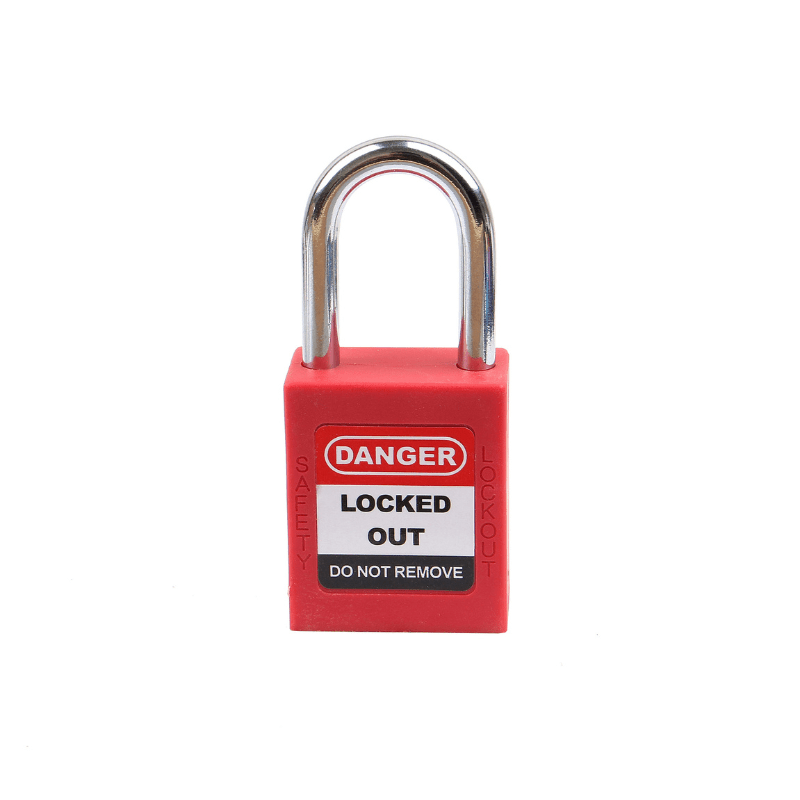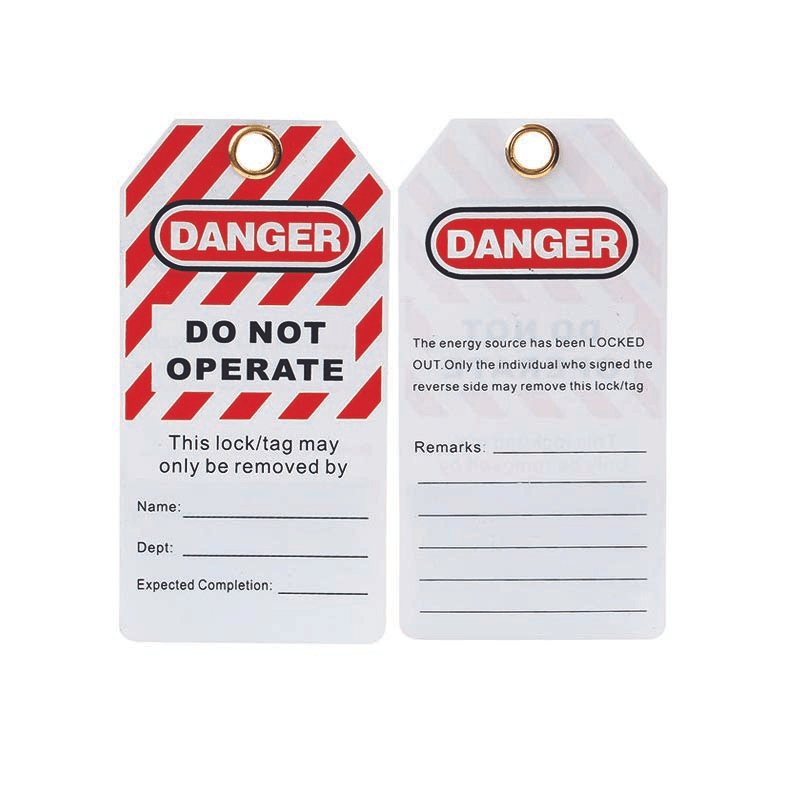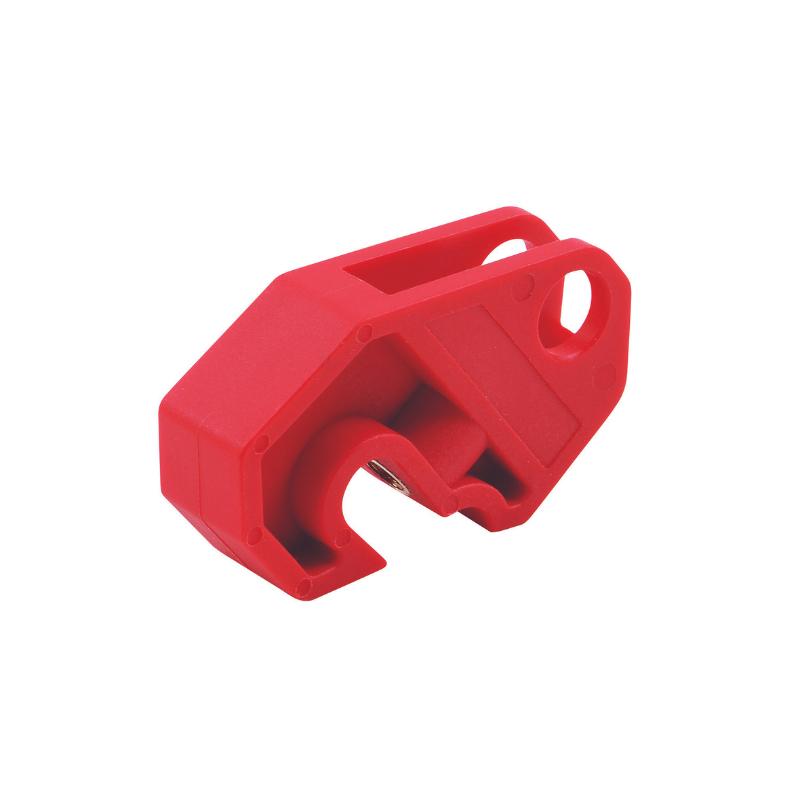Traditional, paper-based Lockout Tagout (LOTO) systems, once the standard for industrial safety, are increasingly becoming a liability for modern businesses. In a globalised economy where efficiency, compliance, and safety are paramount, the hidden costs and inherent risks of relying on paper and pens are a ticking time bomb for plant managers, operations heads, and finance departments across the US and Europe. These outdated systems are not just inefficient; they are a drain on resources, a magnet for human error, and a significant compliance risk.
Table of Contents
- The Anatomy of Wasted Time: A Paper LOTO System Breakdown
- The High Price of Human Error: OSHA & EU Compliance Costs
- The Multi-Site Challenge: Auditing Across Borders
- The Digital Solution: Automating for a Safer, More Cost-Effective Future
- Sources
The Anatomy of Wasted Time: A Paper LOTO System Breakdown
Paper-based LOTO procedures are burdened with administrative tasks that consume valuable time and resources. While seemingly minor, these activities accumulate, leading to significant operational inefficiencies. The time spent on printing, manually filling out permits, walking to and from equipment, and archiving documents is time that could be dedicated to more productive, value-adding activities. This manual process is not just slow; it's prone to errors, misplaced documents, and inconsistencies.
Infographic: The Anatomy of Wasted Time in a Paper LOTO System
- Printing & Preparation: Time spent printing LOTO permits, tags, and associated documents.
- Manual Data Entry: Workers manually writing details on each tag and permit, often in challenging industrial environments.
- Physical Travel Time: The time taken to walk to each energy isolation point to apply physical locks and tags.
- Information Retrieval: Searching for the correct, machine-specific LOTO procedures in binders or filing cabinets.
- Verification & Sign-off: The process of physically tracking down supervisors or authorised personnel for permit validation.
- Archiving & Filing: Manually filing completed permits, creating a cumbersome and often disorganised paper trail.
- Audit Preparation: The laborious task of manually collating records from various locations for an audit.
The High Price of Human Error: OSHA & EU Compliance Costs
The administrative burden of a paper-based system is not just a drain on time; it's a significant source of financial risk. Human error in LOTO procedures can lead to devastating accidents, resulting in serious injuries or fatalities. The financial repercussions, including fines for non-compliance, can be substantial on both sides of the Atlantic.
In the United States, the Occupational Safety and Health Administration's (OSHA) "Control of Hazardous Energy" standard (29 CFR 1910.147) is rigorously enforced. Violations can result in significant penalties. A serious violation can cost a company upwards of $16,550, while willful or repeated violations can soar to over $165,514 per violation.[1] These direct costs do not even account for the indirect costs of workplace accidents, such as lost productivity, insurance premium hikes, and legal fees.
In the European Union, the legal framework is guided by directives such as Directive 2009/104/EC (concerning the use of work equipment) and the new Machinery Regulation (EU) 2023/1230. While the EU sets the minimum requirements, individual member states are responsible for implementing and enforcing penalties, which must be "effective, proportionate and dissuasive."
- In Germany, under the Occupational Health and Safety Act (ArbSchG), breaches can lead to administrative fines of up to €25,000. In cases of intentional endangerment of an employee's life or health, this can become a criminal offence.[2]
- In the United Kingdom, the Health and Safety Executive (HSE) regularly issues substantial fines for LOTO failures. Companies have faced fines exceeding £500,000 for incidents where employees were severely injured due to inadequately isolated machinery.[3]
- France also imposes significant penalties for non-compliance with workplace safety regulations, with fines that can be augmented based on the company's turnover and the severity of the breach.
These figures underscore a universal truth: a flawed, paper-based LOTO system is a significant financial liability, irrespective of geography.
The Multi-Site Challenge: Auditing Across Borders
For companies with multiple sites, whether across different states or countries, managing and auditing a paper-based LOTO system becomes exponentially more complex. The lack of standardisation, inconsistent documentation, and the logistical nightmare of physically collecting and reviewing records from various locations make effective auditing nearly impossible.
This fragmentation creates significant challenges:
- Inconsistent Procedures: Different sites may develop their own variations of LOTO procedures, leading to a lack of standardisation and increased risk.
- Lack of Visibility: Central management has little to no real-time insight into LOTO activities and compliance at individual sites.
- Complex Audits: Preparing for an audit requires a massive effort to gather, transport, and analyse paper records, a process that is both time-consuming and prone to errors.
- Delayed Corrective Actions: Identifying and addressing systemic issues across multiple sites is slow and inefficient with a paper trail.
The Digital Solution: Automating for a Safer, More Cost-Effective Future
The most effective way to defuse the ticking time bomb of a paper-based LOTO system is to embrace digital transformation. Modern LOTO software automates and streamlines the entire process, saving time, reducing costs, and significantly enhancing safety and compliance.
By digitising your LOTO procedures, you can:
- Automate Administrative Tasks: Eliminate the need for printing, manual data entry, and physical archiving.
- Ensure Consistency: Standardise LOTO procedures across all sites, accessible instantly on mobile devices.
- Reduce Human Error: Guided, step-by-step digital workflows ensure procedures are followed correctly every time.
- Enhance Visibility & Auditing: Gain real-time insight into all LOTO activities and generate comprehensive reports for audits at the click of a button.
- Improve Efficiency: Reduce equipment downtime and free up employees to focus on their core tasks.
At The Lock Box, we understand the critical importance of a robust and efficient LOTO program. Our comprehensive range of Lockout Kits, Padlocks, and specific lockout devices for valves and electrical equipment are designed to integrate seamlessly into a modern, digitised safety system.
By transitioning from an outdated, paper-based system to a streamlined, digital approach, you are not just investing in software; you are investing in the safety of your employees, the efficiency of your operations, and the long-term financial health of your organisation.
Sources
- [1] OSHA Penalties (United States): The 2025 penalty amounts are published by the U.S. Occupational Safety and Health Administration and adjusted for inflation. Source: OSHA Penalties, osha.gov.
- [2] Arbeitsschutzgesetz - ArbSchG (Germany): Fines for regulatory offenses are stipulated in Section 25 of the German Occupational Health and Safety Act. Source: German Federal Ministry of Justice.
- [3] Health and Safety Executive - HSE (United Kingdom): Fines are determined by UK courts based on sentencing guidelines. The figure is representative of numerous penalties for severe machinery safety failures reported by the HSE. For example, a manufacturer was fined £566,000 for an incident involving an unguarded conveyor. Source: HSE Press Releases.



